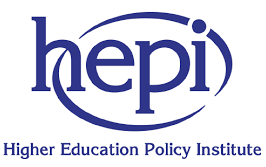During the last decade, English universities have become increasingly focused on addressing the ethnicity awarding gap – that is, the difference in the proportion of White students achieving the highest degree grades (first or upper-second class) compared to their counterparts of other ethnicities.
National evidence shows that, across the country, a significantly higher number of White students achieve a first or upper-second class degree compared to students from other ethnicities, with a particularly large gap between Black and White learners.
Whilst individual universities know what their own ethnicity awarding gap looks like, there is – as far as we are aware – little investigation of the situation in neighbouring universities across the country. By adopting a place-based approach, we can explore whether different missions and subject profiles, and the diversity of local populations, influence patterns. Regional collaboration can also be a powerful motor for sharing learning and designing joint approaches to addressing the gap.
It was with this goal in mind that Aimhigher West Midlands – a long-established partnership of the region’s universities – asked us to run a project that would share and compare data and insights across its members. The aim would be to understand the characteristics of the ethnicity awarding gap across the region, what universities are doing to tackle it and what they have learned from this.

